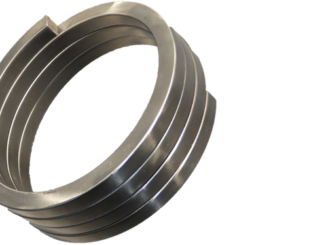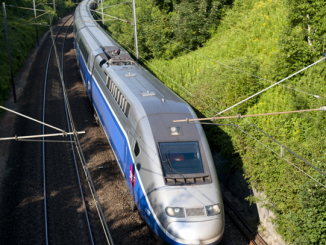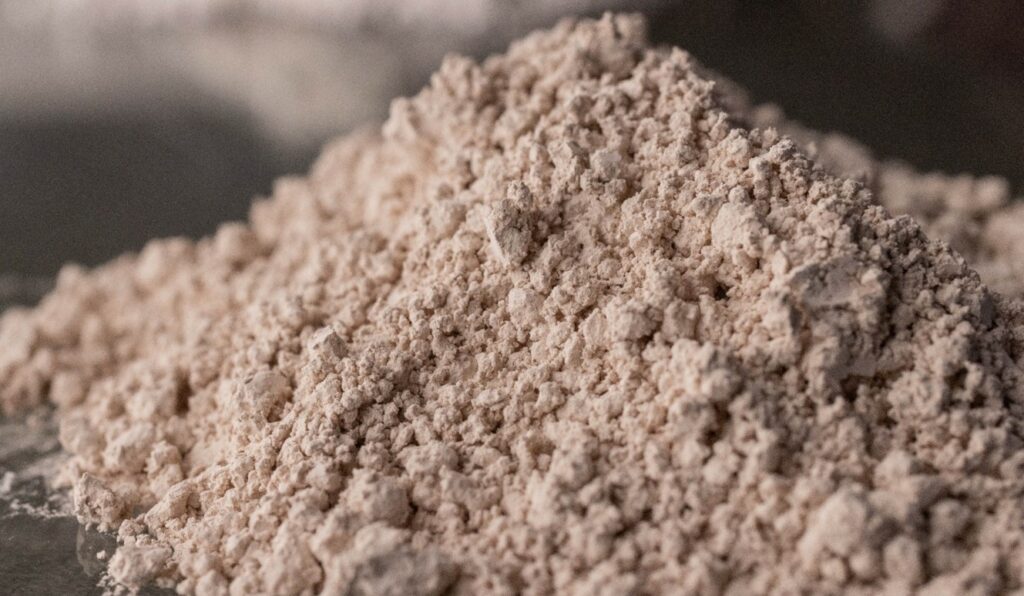
Recent declines in prices for rare earth magnetic materials are evident in the latest financial reports of leading producers, with the impact varying by their activities and positions in the market. This article deals with the quarterly reports for the three months ended June 30 which have been issued by three companies – MP Materials, Neo Performance Materials and Lynas Rare Earths.
Prices remain down about 15% since a year ago for both Neodymium and Praseodymium, according to Strategic Metals Invest. Many analysts believe, however, that the recent declines are bottoming and forecast an uptick for the second half of 2024 due to demand from the electric vehicle market and production restraint in China, the world’s dominant source. Meanwhile, most magnetic materials producers outside China, including the three companies covered in this article, are engaged in significantly expanding their operations amidst a global trend to build domestic magnetic supply chains outside of China.
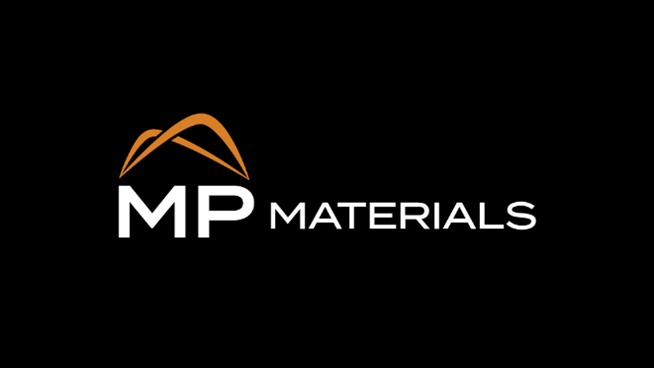
MP Materials reported its second quarter 2024 Results on August 1. For the period, NdPr production more than doubled quarter-over-quarter to 272 metric tons and the company expects 50% sequential growth in Q3 but weak pricing and production setbacks plagued the cash register and profitability. Meanwhile, the company says it is still on track to start commercial metal production this year at its new manufacturing plant in Fort Worth, Texas which positions it into more downstream activity.
Headquartered in Las Vegas, the company’s Mountain Pass mine in southern California near Las Vegas is one of the richest deposits of rare earth elements in the world and produces about 15% of the rare earth content consumed annually. In 2023, it re-commissioned the integrated processing facilities at Mountain Pass and began producing separated and refined rare earth products with a focus on high-purity Neodymium-Praseodymium (NdPr) oxide, the primary ingredient in the world’s most efficient and highest strength permanent magnets.
In the recent quarter, revenues plummeted 51% from $64 million in the same period last year to $31 million this year, driven by a 43% decrease in rare earth oxide (REO) concentrate sales volumes and a 33% decrease in the realized price of REO. The impact was partially offset by sales of separated NdPr, which began in the fourth quarter of 2023.
The decrease in REO sales volume was mainly due to lower REO production volumes and the start-up of separated rare earth (“Stage II”) production, as a significant portion of the REO produced, which could otherwise have been sold as rare earth concentrate, was used for work-in-process or to produce packaged and finished separated rare earth products. The change in realized price reflects a continued softer pricing environment for rare earth products as compared to the prior year period. REO production volumes decreased 16% year-over-year primarily due to higher unplanned downtime due to equipment damage to one of our thickeners which impacted production for approximately three weeks.

“We had a very challenging quarter, operationally and financially, with higher-than-expected upstream downtime and a continued weak pricing environment. Despite this, we more than doubled NdPr production sequentially. We also signed a substantial new NdPr supply agreement with a global automaker,” said James Litinsky, CEO. “Going forward, we expect to ramp NdPr output by 50% in the third quarter, positioning us for continued reductions in our refined products cost structure through year-end. While it is early, we are cautiously optimistic that the third quarter will be one of our best REO production quarters ever. Moreover, our growth projects are progressing well with Upstream 60K advancing and NdPr metal production in Fort Worth on track to begin later this year.”
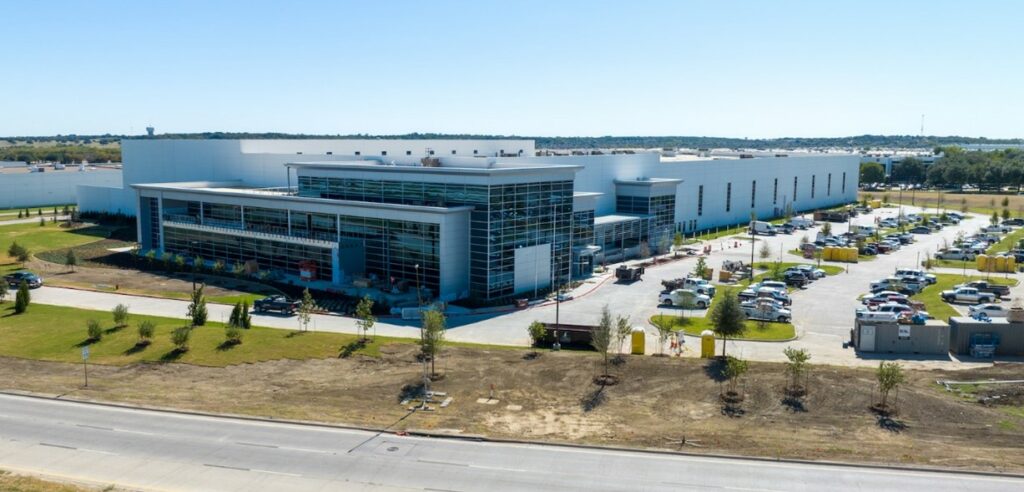
Neo Performance Materials
From its headquarters in Toronto, Neo Performance Materials reported that company-wide its Q2 revenue fell by more than 60% from the same period a year ago, dropping to $107 million from $170 million. For the most recent six months, however, it reported strong financial results of $24 million in profit and expects to roughly double that by year-end for a healthy increase over the prior year.
The Magnequench unit, which encompasses its activities in magnetic materials and magnet manufacturing, accounts for about 39% of the company’s revenues. It performed relatively better despite the further decline in rare earth prices. Revenues dropped to $42 million for the period compared to $49 million a year ago for Magnequench. Volume rose about 14% from 1,037 to 1,190. Meanwhile, construction of its new sintered magnet production facility in Europe remains on time and on budget.
Magnequench is a global leader in bonded neodymium-iron-boron (NdFeB) magnetic powders, magnets and their applications. Its powders and magnets are used to provide high-performance magnetics for automotive, factory automation, high-efficiency motors, residential appliances and many other industries.

“As Neo crosses the halfway mark of the year, we are pleased to see the early results of our company-wide transformation process,” said Rahim Suleman, CEO. Profitability increased over the preceding quarter and for the six-month period as compared to last year, despite continued pressure on rare earth prices, he reported. Neo is planning now for a full-year profit of $45-50 million which would be 20-35% higher than the prior year. “This is a testament to the strength of our downstream businesses. We benefited from another strong quarter of our Rare Metals business unit and we are encouraged by the results in Magnequench and automotive catalysts.”
“Our continued focus on disciplined execution was demonstrated by the new Tier 1 commercial award for our sintered magnet facility in Europe – a major project that remains on time and on budget. Going forward, we expect to continue to simplify the business, drive operational improvements, and reduce earnings volatility across each of our businesses,” he continued.
Magnequench has already won two new major awards to supply electric vehicle traction motor customers in 2024. In August, the unit secured its first sintered magnet award for the new facility from a Tier 1 automotive supplier in Europe – at its peak year, the award will represent approximately 35% of the plant’s production capacity. In the first quarter, it also won an expanded program award for its heavy-rare-earth-free traction motor solution.
Overall, the business had a strong quarter, despite weak demand within the remaining portion of the magnetic powder business, explained Suleman. The automotive magnetics market is gradually recovering back to prior run rate levels. Magnequench’s heavy-rare-earth-free traction motors delivered substantial growth with year-to-date volume being higher compared to the same period in 2023, partially driven by changes in customers inventory ordering patterns. Operating facilities in Asia continue to improve operational performance, reduce conversion costs and optimize production. Also, as the majority of Magnequench contracts have pass-through rare earth pricing, declining rare earth prices put relatively less pressure on its gross margin.
Lynas Rare Earths, headquartered in Perth, Australia reports that market prices remained low during the recent quarter despite a slight improvement in China domestic demand. Quarterly gross sales revenue for the company was AUS136 million, a drop of about 14% from AUS157 million for the same period in 2023. Sales volume of REO was 3,231 tons compared to 4,050, declining about 20%. Production of REO was 2,188 tons, down dramatically from 4,475 tons in the same quarter last year. NdPr production, however, dropped less at about 20% decline with 1,504 tons compared to 1,864 a year ago.

“Lynas continued to focus on fulfilling contracted customer requirements and maintained our strategy of not selling into the spot market,” noted Managing Director Amanda Lacaze. “Despite the general market price decrease, we managed to improve our average selling price through the quarter by managing the timing of sales, especially for Heavy Rare Earths where pricing was volatile during the quarter.”
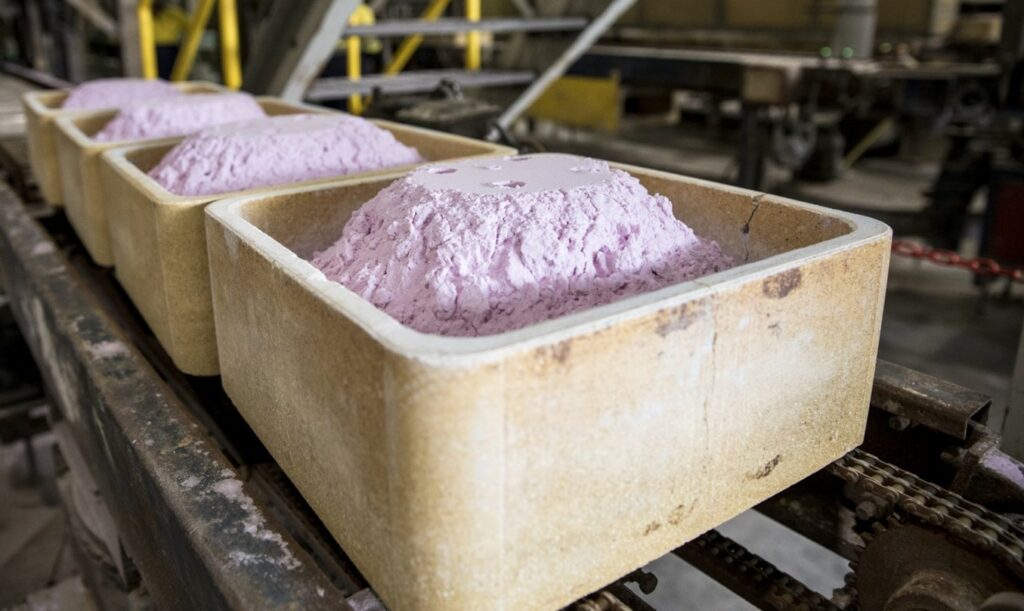
The company reported an average selling price of AUS42.3 per kilogram for NdPr in the recent quarter, almost the same level as for the period a year ago of AUS43.5 per kilogram. This came despite a 23% drop in the NdPr oxide China Domestic Price during the period, dropping to $US46 from $US60 a year ago.
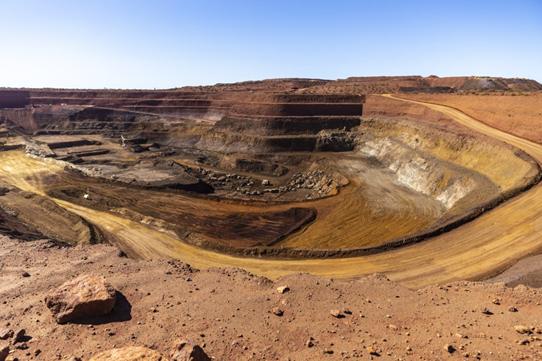
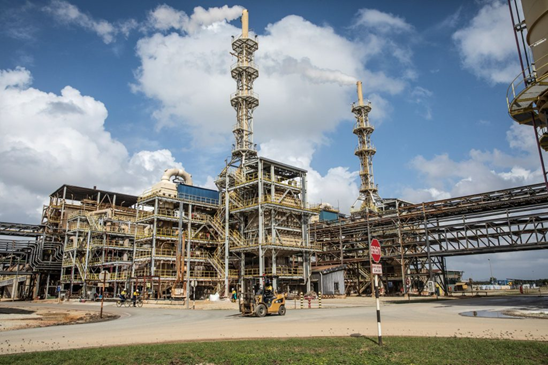
Meanwhile, Lynas is establishing an operating footprint in the U.S., building a facility to produce separated heavy rare earth (HRE) products to complement its light rare earth product suite that is targeted to become operational in 2025. In an update issued June 24, Lynas said pre-construction activities for the plant are progressing and it has been designed to accept third-party feedstocks as it comes online. Lynas is also engaged in a $500 million capacity expansion project at the Mt Weld mine and concentration plant in Australia. The project will expand Mt Weld’s capacity to produce the feedstock concentrate required for 12,000 tons per year of NdPr finished product. The Mt Weld operation is expected to provide feedstock for the new processing plant in the U.S.
For more info, see www.mpmaterials.com, www.neomaterials.com and www.lynasre.com.

